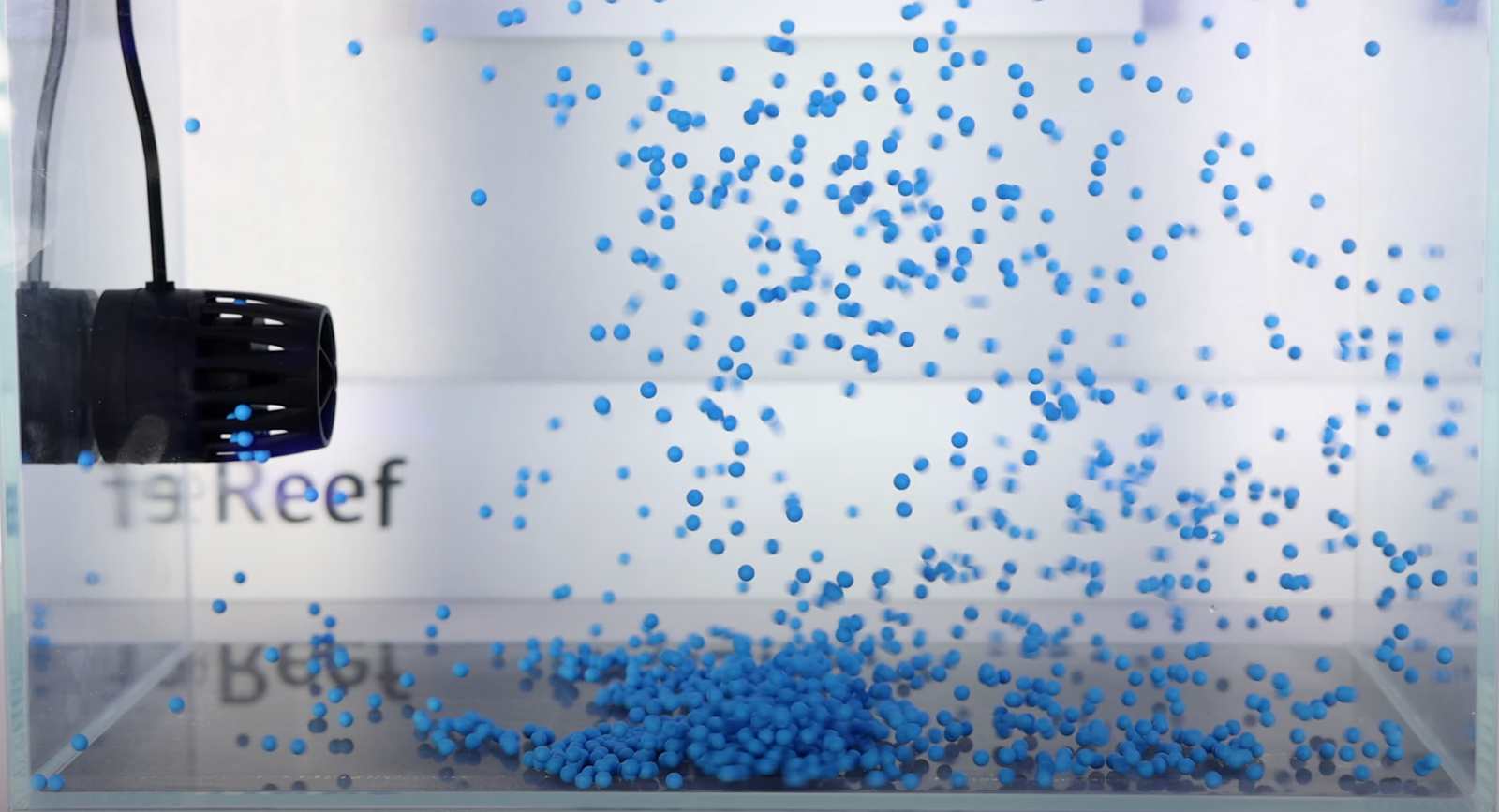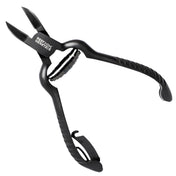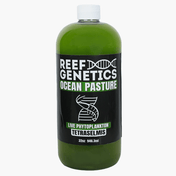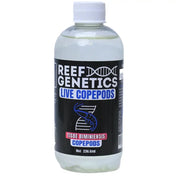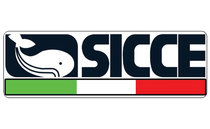Selecting the right powerhead is essential to creating a stable, healthy environment in your reef tank. These devices don’t just keep water moving—they directly influence coral growth, nutrient export, oxygen levels, and the overall health of your system.
In this guide, we’ll help you evaluate the key factors that go into choosing a powerhead that fits your tank size, aquascape, and livestock needs. Whether you’re setting up your first saltwater tank or refining your SPS system, understanding how to match powerhead type and placement to your goals can make all the difference.
What Does a Powerhead Do?
A powerhead is a submersible pump that creates flow within the tank. Unlike return pumps, which push water from the sump back into the display, powerheads circulate water entirely within the display tank. This circulation is what prevents detritus from settling, helps oxygenate the water, and ensures corals and other organisms receive the nutrients they need.
The right powerhead setup will:
-
Prevent dead spots behind and beneath rockwork
-
Keep detritus suspended for easier filtration
-
Help corals extend polyps and feed properly
-
Distribute temperature and dissolved oxygen evenly
Key Factors to Consider
1. Tank Size and Volume
A general rule of thumb is to aim for 20–50x total tank volume in turnover per hour. SPS-dominant tanks may need even more to support strong, chaotic flow. Nano tanks typically do well with a single compact unit, while large display tanks may need several high-output models.
2. Coral Type
-
SPS (Small Polyp Stony) corals thrive in high, turbulent flow.
-
LPS (Large Polyp Stony) corals prefer moderate, indirect flow.
-
Soft corals do well with gentle, consistent circulation.
Tailoring your powerhead setup to match your livestock ensures proper feeding and prevents tissue damage.
3. Aquascape Layout
Structures like shelves, caves, and arches can block or redirect flow. Your powerheads should be positioned to push water around, behind, and through rock structures to eliminate dead zones and maximize coverage.
4. Powerhead Type
-
Fixed-flow: Budget-friendly and simple, but offer limited customization.
-
DC controllable: Adjustable speed, programmable flow modes, and quiet operation.
-
Gyre-style: Broad, laminar flow patterns ideal for long tanks.
5. Controller Integration
If you're already running a Hydros, Apex, or Ecotech Mobius system, choosing a compatible DC powerhead can streamline your automation and allow for advanced scheduling, feeding modes, and safety features.
Advanced Considerations
Noise Level and Vibration
Noise can be a serious factor—especially in living spaces or offices. DC pumps are typically quieter, while gyre-style pumps may require careful mounting to reduce vibration. Using rubber spacers or foam behind the magnet can help dampen hum.
Mounting Flexibility
All-in-one tanks, rimmed tanks, or euro-braced systems can limit mounting options. Look for low-profile designs, rotatable nozzles, or compact footprints that allow versatile positioning.
Ease of Maintenance
Some pumps are easier to clean and service than others. Consider how often the unit needs cleaning, how easily it disassembles, and whether replacement parts are available. A model that takes minutes to maintain is more likely to stay efficient long-term.
Flow Pattern (Narrow vs. Broad)
Not all flow is the same. Some powerheads produce narrow, high-velocity jets, while others create wide, gentle waves. SPS corals typically benefit from more randomized, turbulent flow, whereas LPS corals do better with a broader, slower pattern that won’t cause tissue damage.
Energy Efficiency and Budget
Powerheads can run 24/7 for years, so energy efficiency matters. DC models use less power overall and generate less heat. Premium pumps cost more upfront but may save money and hassle over time with quieter operation and longer life spans.
Matching Powerheads to Tank Size
Nano Tanks (10–20 gallons):
-
Ecotech MP10QD
-
AI Nero 3
-
Sicce Voyager Nano
Mid-Size Tanks (30–50 gallons):
-
AI Nero 5
-
Tunze Nanostream 6040
-
Maxspect Gyre XF330
Standard Reef Tanks (75–120 gallons):
-
Ecotech MP40QD
-
IceCap Gyre 4K
-
Reef Octopus Pulse 4
Large Displays (150+ gallons):
-
Ecotech MP60QD
-
Maxspect Gyre XF350
-
Multiple AI Nero 7s
Always consider using multiple smaller units rather than a single oversized one for better coverage and redundancy.
Want to Go Even Deeper?
This guide covers one of the fundamental topics, but if you're looking for a broader overview or just looking to learn more about powerheads, check out our full guide here: The Ultimate Guide to Powerheads for Saltwater Aquariums
Final Thoughts
Choosing the right powerhead means balancing your tank’s physical dimensions with the needs of your livestock. From flow intensity and pattern to placement, control, and maintenance—each factor contributes to long-term success.
Still not sure what to pick? Reach out to our team—we’ve tested these pumps across countless systems and can help you dial in the right setup for your tank goals.
